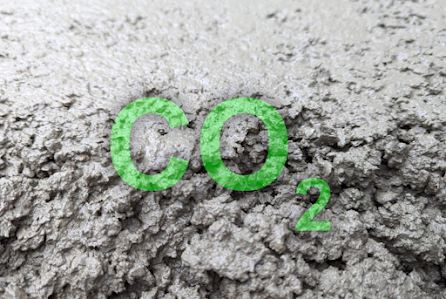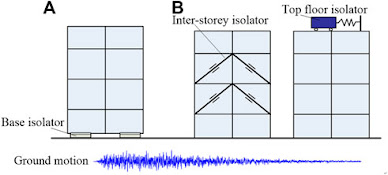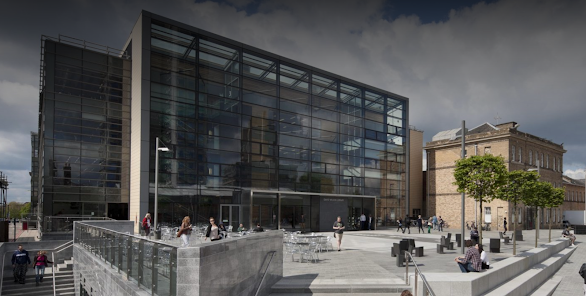sustainability: alternatives to Concrete
click on the image for the link
It is well known that concrete is not a friend to nature, since its production has a considerably high carbon emission rate, According to (Anon, 2023), CO2 emissions caused by concrete production globally are around 8 per cent, and the reason behind this is cement production, which is a crucial component of concrete, it requires a high-temperature kiln for its creation.
After researching this topic, I found a few alternatives, and I will take you through my process of thinking about which one(s) will suit my project best.Low-carbon concrete:
By mixing collected CO2 into the concrete, the Canadian company CarbonCure produces low-carbon concrete. Industrial emitters absorb CO2 from the environment and use it to chemically change it into a nano-mineral. It is subsequently incorporated into the concrete, strengthening the substance. The method significantly reduces CO2 emissions in both the concrete production process and the atmosphere since less cement is required to solidify and reinforce the mixture (Anon, nd). I think this one would be a safe and comfortable choice since it is still concrete. Lastly, this company is based in Canada. Nevertheless, they have a producer here in the UK, the closest one being in Wales to be specific.
Corcrete:
Using recycled shredded cork, concrete, and bamboo fibres, Corcrete is a composite material created by the German studio Niruk. In keeping with the concepts of the circular economy, the material may be used to create modular tiles and furniture in addition to recycling used cork and being lighter, less cement-intensive, and insulating than concrete (Anon, nd). However, I do not think that it will be used for anything other than the finishing touches of this project.
Finite:
Because its grains are too fine to bind together, desert sand, a plentiful resource that is typically not employed in construction, is used to create the composite material known as finite. A London-based business called Finite has discovered a (secret) way to blend the grains of desert sand together to create a smooth, brick-like substance that has less than half the carbon footprint of concrete but is just as sturdy. Finite bricks can be dyed with natural colours and recycled or remoulded for various purposes over their lifetime. (Anon, nd)
From what has been discussed, I have deduced that the best alternative is Low-carbon concrete. It can be accessed from a production company named Marshall Mono Limited. Based in Grove Quarry, South Cornelly, Bridgend, Mid Glamorgan, Wales.
REFERENCES:
- Innovation in Low-Carbon Cement and Concrete. (2023) [Online] Chatham House – International Affairs Think Tank. Available from : https://www.chathamhouse.org/about-us/our-departments/environment-and-society-centre/innovation-low-carbon-cement-and-concrete.
- Top 5 alternative materials to concrete. Available from : https://www.buildingcentre.co.uk/news/articles/top-five-concrete-alternatives.



This text is very paraphrased - if you do this, you MUST cite your source, the paragraph on low carbon concrete does not sound like you at all. See my comment on your previous post.
ReplyDelete